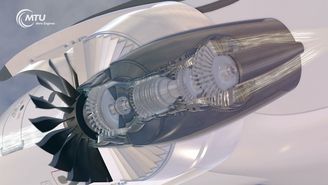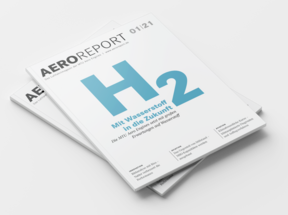Technologies
The highest of quality standards
MTU sets high standards when it comes to its products, procedures and processes and these quality and safety standards also apply to brush seals, which are manufactured using a unique wire looping and clamping method. Once the production process is complete, every individual brush seal undergoes careful testing and inspection using sophisticated methods to detect any non-conformances. The stiffness of the brush seals, for example, and the inner diameter of the seal (bristle pack) are measured. For the latter, MTU has developed its own optical measurement technique.
Continuous further development
MTU is working relentlessly to further improve its brush seals, the aim being for them to replace as many conventional seals in aircraft engines and industrial applications as possible to yet further improve their efficiency.
Under national and international research projects, and in cooperation with prestigious universities, MTU is currently investigating alternative designs as well as potential new bristle materials and fibers, and exploring new sealing positions and new applications. MTU’s brush seal team is comprised of specialists with a wealth of experience in technological research and development. They benefit from having direct access to MTU’s expertise and to the company’s advanced test cells, and use rig set-ups for brush seal validation. Preparations are now underway for a dedicated test cell for brush seals.
New materials capable of withstanding even higher temperatures will make it possible for MTU’s brush seals to be used at high temperatures well over 650 degrees Celsius, in the hot gas duct of an aircraft engine, for example. In addition, seals with an even more flexible design are being tested that better accommodates axial and radial rotor expansion. The seals’ resistance to wear and tear is thus improved.
MTU has achieved a milestone in alternative production concepts. New additive processes, in which components are made directly by depositing molten metal powder layer by layer using a laser, are particularly cost effective and are currently being tested by brush seal experts for production of the seal housing. The first prototypes have already been manufactured successfully using these additive techniques.





